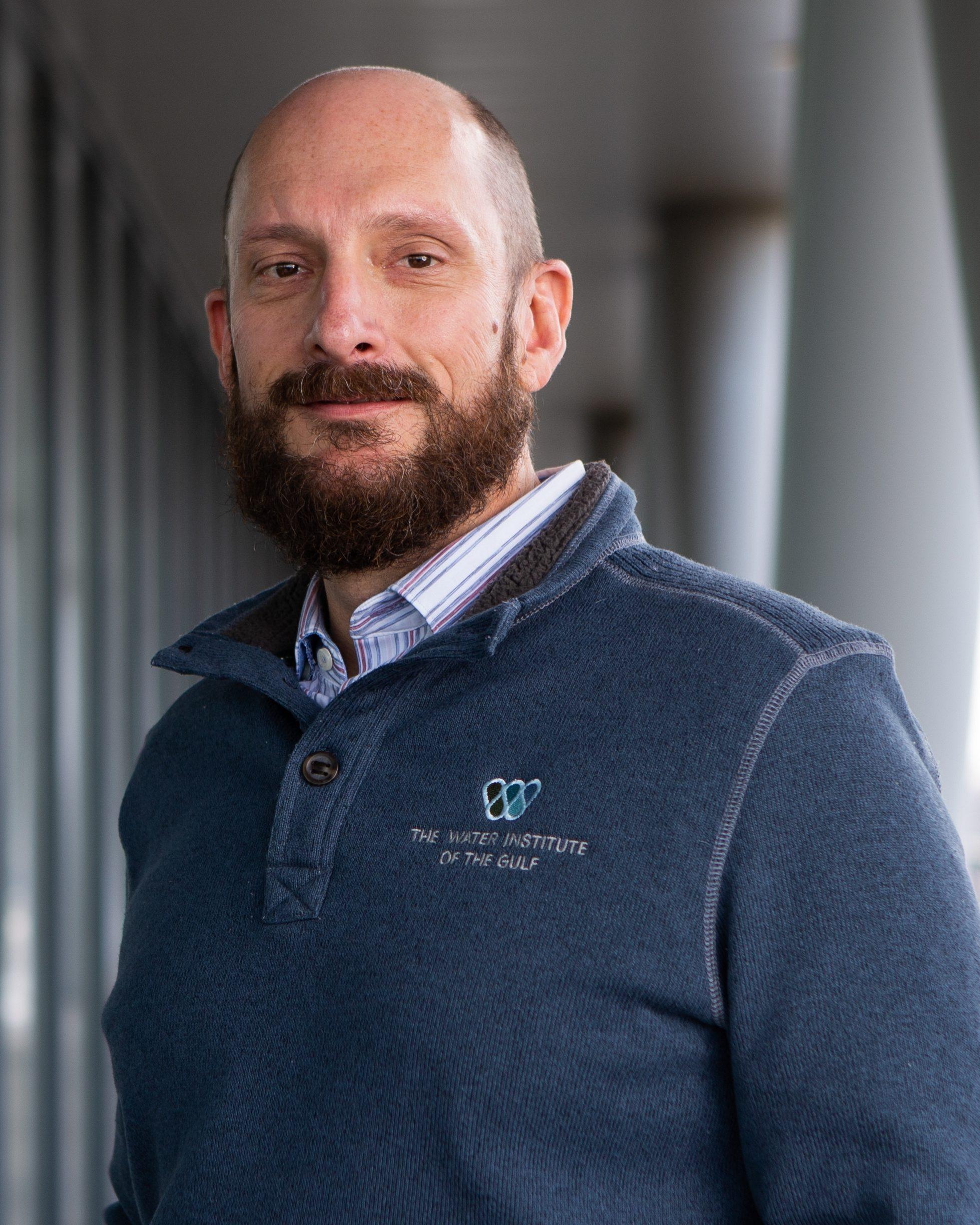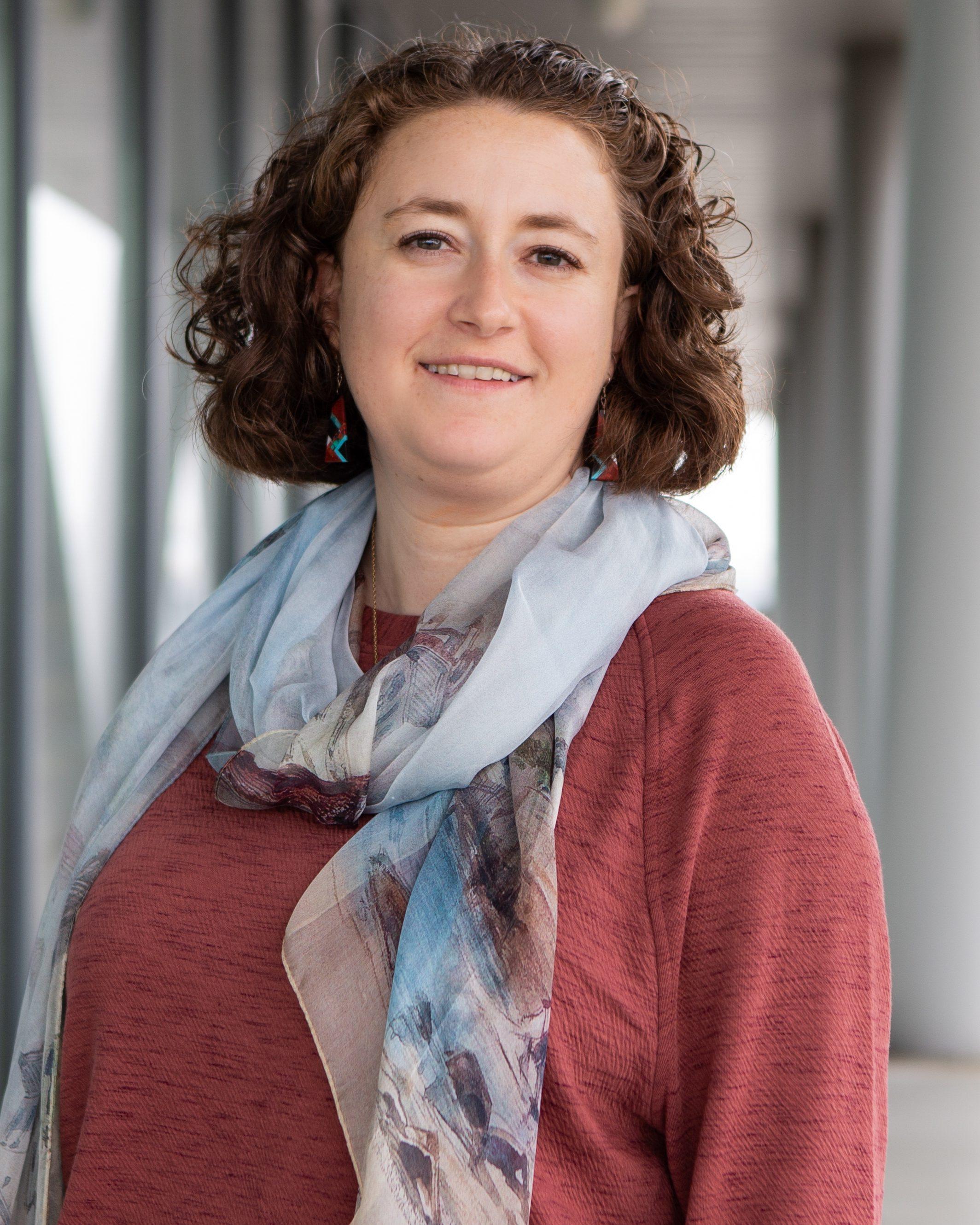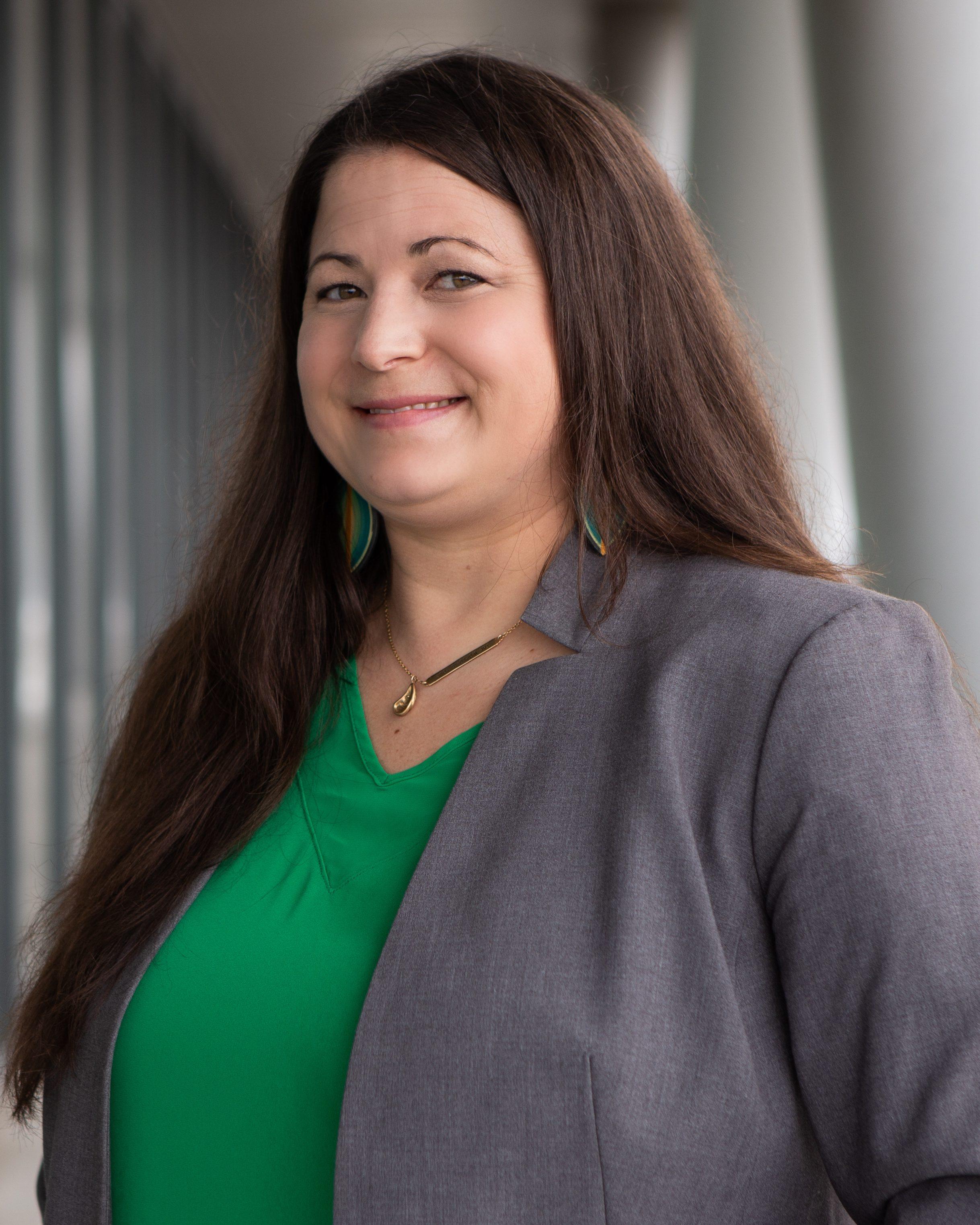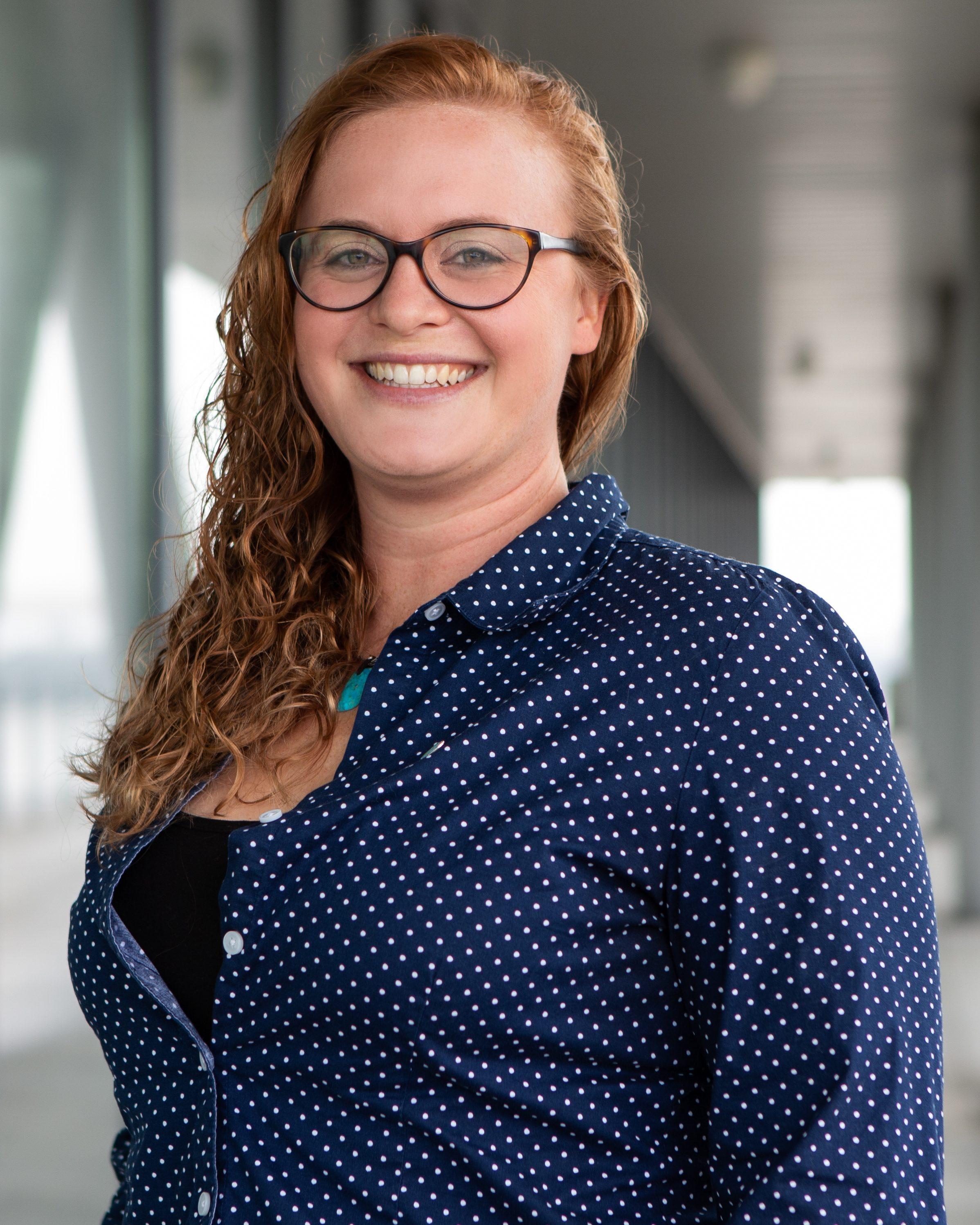U.S. Fish and Wildlife Service
Southeast Conservation Adaptation Strategy (SECAS)
The Challenge
The goal of the Southeast Conservation Adaptation Strategy (SECAS) is to improve the health, function, and connectivity of southeastern ecosystems by 10% by 2060, a goal that will be more effectively advanced if the SECAS blueprint can be utilized for conservation and restoration prioritization and planning.
The need for actionable, science-based tools is particularly strong in the Gulf of Mexico (GOM) and its associated watersheds, where both natural (e.g. storms, sea level rise) and human (e.g. oil spills, modification of river hydrology) stressors have resulted in loss of critical habitat.
Considerable investment in conservation and restoration projects, as well as tools for project prioritization and planning, is ongoing in the GOM to mitigate these threats.
The Approach
This program advanced the utility and application of SECAS to complement existing management support tools in the Gulf of Mexico. The data and reports produced through this effort enable use of SECAS and additional data in planning and implementation of conservation and restoration projects.
This project provides information to support project implementation across a range of funding streams and can align with state-level planning and project implementation programs (e.g., the Louisiana Coastal Master Plan).
To meet this need, The Water Institute provided support to U.S Fish and Wildlife Service (USFWS) partners in the form of technical analyses, modeling, and coordination with other technical experts. Specific focus was on supporting USFWS and partners’ development of a proposal for Chandeleur Island restoration in Breton National Wildlife Refuge (NWR) and on development of approaches and tools that may be used for future restoration and conservation planning in other NWRs in the region such as Delta NWR, Big Branch Marsh NWR, and Bon Secour NWR.
The objectives of this program were achieved through three modular and scalable projects within the Gulf of Mexico:
- Chandeleur Island component illustrated the use of the Southeast Conservation Blueprint in project-level implementation. This effort explored new modeling of this dynamic island chain and explored the development of novel ecosystem metrics for evaluating dynamic barrier island ecosystems. Read more about the work here.
- Intersections between SECAS, the Southeast Conservation Blueprint, and Louisiana’s key state planning mechanism, the Louisiana Coastal Master Plan, were investigated. A demonstration of how SECAS Gulf-wide data metrics could be used for marsh creation project evaluation is provided. Read more about the work here.
- Synergistic and regionally-consistent Gulf-wide data analyzing potential natural resource value, ecosystem stress, and social vulnerability were created to increase the utility of SECAS in the northern Gulf of Mexico. Synthetic data layers were developed to operate synergistically with the existing Southeast Conservation Blueprint while creating additional data to increase relevance for Gulf-wide conservation and restoration planning. Read more about the work here.







